The Use of Tungsten Wire in Decorative Lighting
- Details
- Category: Tungsten Information
- Published on Monday, 11 August 2025 18:49
- Written by Zhenghua
- Hits: 13

Tungsten wire still holds a niche in decorative lighting due to its unique aesthetic and warm glow, particularly in retro and artistic settings. The following is an analysis of the specific uses and characteristics of tungsten wire in decorative lighting:
Tungsten Wire Lighting in Retro Lamps
- Details
- Category: Tungsten Information
- Published on Monday, 11 August 2025 18:47
- Written by Zhenghua
- Hits: 12
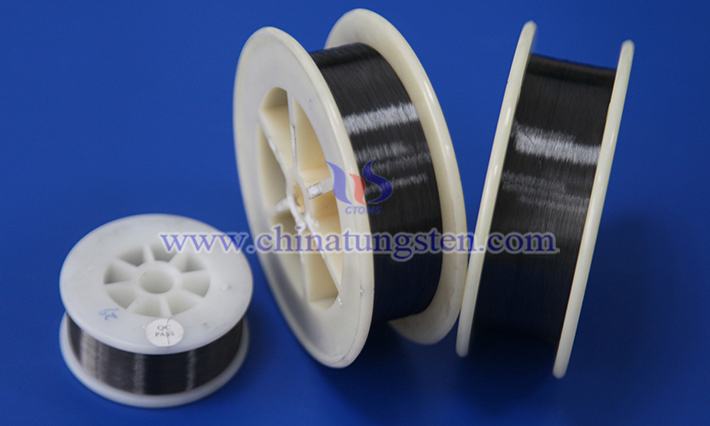
Tungsten wire, as a light source for retro lamps, is widely popular due to its unique optical characteristics and nostalgic aesthetics, especially in decorative lighting.
Tungsten Wire Lighting in Incandescent Light Bulbs
- Details
- Category: Tungsten Information
- Published on Monday, 11 August 2025 18:45
- Written by Zhenghua
- Hits: 15
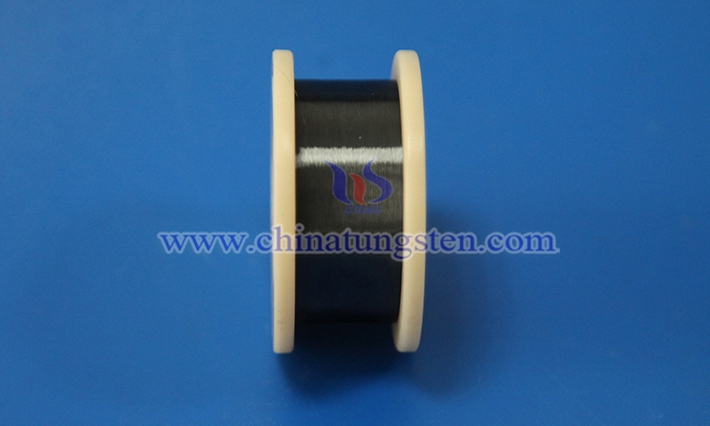
The application of tungsten wire light-emitting in incandescent light bulbs is primarily based on its high melting point and excellent thermal radiation properties. The following is a brief description of its specific applications and principles:
What Are the Uses of Tungsten Wire?
- Details
- Category: Tungsten Information
- Published on Monday, 11 August 2025 18:42
- Written by Zhenghua
- Hits: 13
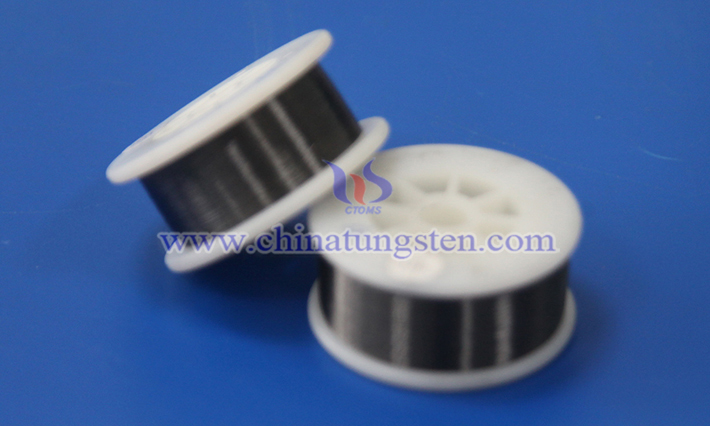
Tungsten wire has a wide range of uses. Its exceptional physical properties, such as its extremely high melting point (approximately 3422°C), excellent corrosion resistance, and good electrical conductivity, have led to its widespread application in industry, technology, and everyday life.
What Is Tungsten Alloy Collimator?
- Details
- Category: Tungsten Information
- Published on Monday, 11 August 2025 11:22
- Written by Xiaoting
- Hits: 18
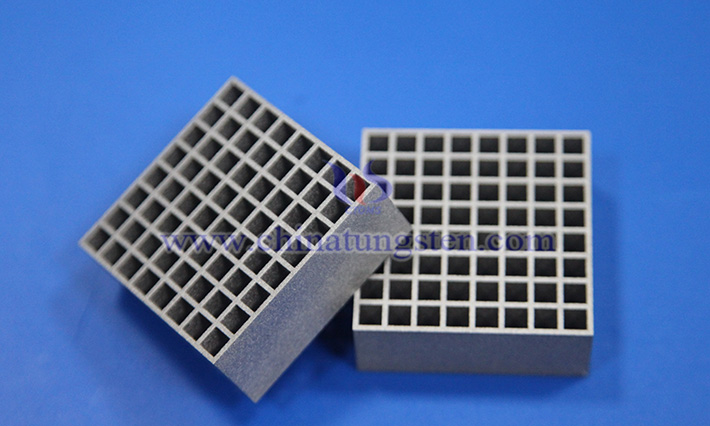
In a hospital imaging department, a patient lies on an examination table, about to undergo a CT scan. As the equipment activates, an invisible ray begins rotating around the patient’s body—this is the X-ray, capable of penetrating the body to clearly reveal internal structures, providing critical evidence for disease diagnosis. Behind these radiation applications, a key player operates quietly in the background: the tungsten alloy collimator. Though you may never have heard of it, it functions like a behind-the-scenes hero, influencing the effectiveness of radiation detection and treatment. Why is it entrusted with this responsibility, and what unique properties does it possess?
Tungsten Alloy Collimator
- Details
- Category: Tungsten Information
- Published on Monday, 11 August 2025 11:17
- Written by Xiaoting
- Hits: 15
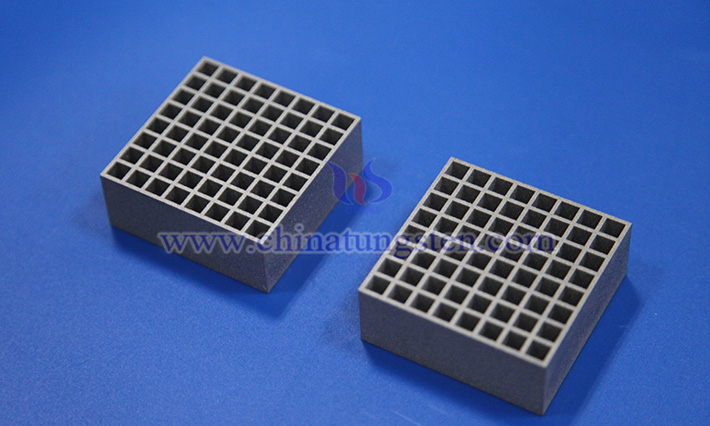
Radiotherapy equipment is a specialized medical device used for tumor radiation therapy, with its core function being the generation and delivery of high-energy rays (such as X-rays, gamma rays, electron beams, and proton beams) to damage the DNA structure of cancer cells, inhibiting their proliferation and thereby treating tumors. However, radiation is a double-edged sword—it can harm surrounding healthy tissues while targeting cancer cells. At this juncture, a seemingly inconspicuous yet highly critical component—the tungsten alloy collimator—plays a vital role. Acting like a "gatekeeper," it controls the direction and range of radiation, ensuring that rays target cancer cells as precisely as possible. So, what exactly is this tungsten alloy collimator, which plays a key role in radiotherapy, and how does it control radiation?
Molybdenum Diselenide
- Details
- Category: Tungsten Information
- Published on Thursday, 07 August 2025 13:45
- Written by Xiaoting
- Hits: 47
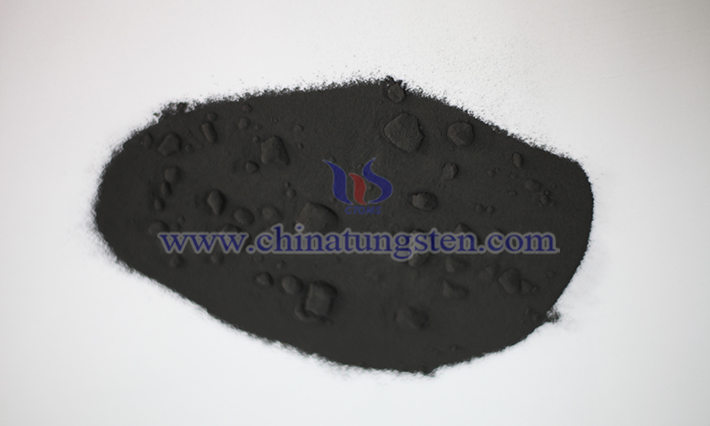
As a representative material among low-dimensional transition metal dichalcogenides, molybdenum diselenide (MoSe₂) is widely used in various fields such as photocatalysis, energy storage, solid lubrication, microelectronics, and optoelectronics due to its unique crystal structure and excellent thermodynamic properties. Below is an introduction to the basic information of this material.
Submicron Tungsten Carbide
- Details
- Category: Tungsten Information
- Published on Thursday, 07 August 2025 13:40
- Written by Xiaoting
- Hits: 53
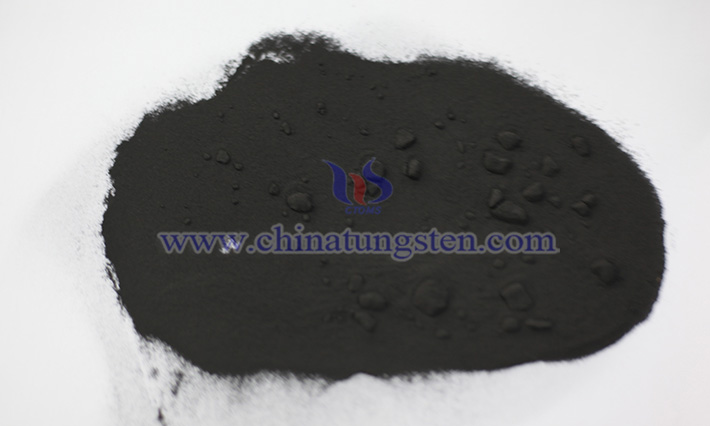
As one of the most important raw materials for producing hard alloys, the particle morphology, size, particle size distribution range, and impurity content of tungsten carbide (WC) powder directly impact the quality and application of hard alloys. Based on particle size differences, WC powder is categorized into ultra-coarse tungsten carbide, micron tungsten carbide, submicron tungsten carbide, sub-nanometer tungsten carbide, and nano tungsten carbide. So, what are the advantages and disadvantages of submicron WC particles compared to other sizes?
Application of Tungsten Alloy Shielding Components in Radiotherapy Equipment
- Details
- Category: Tungsten Information
- Published on Thursday, 07 August 2025 11:49
- Written by Xiaoting
- Hits: 47
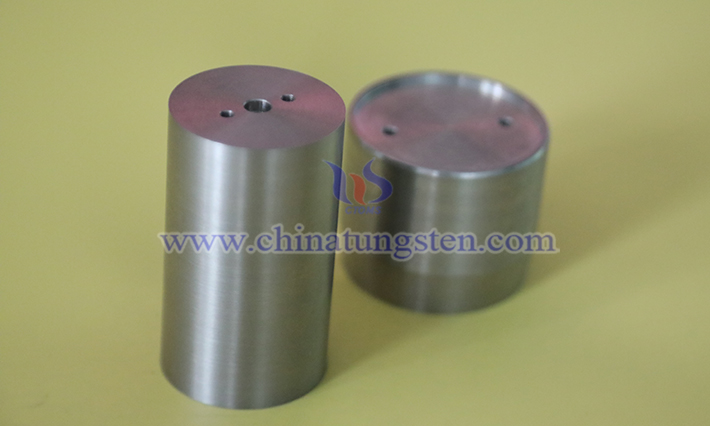
In the field of tumor radiotherapy, radiotherapy equipment uses high-energy rays (such as X-rays and gamma rays) to kill cancer cells while minimizing radiation damage to healthy tissues. Tungsten alloy shielding components, with their exceptional radiation absorption capability, serve as a critical protective element in achieving this goal. The radiation energy in radiotherapy equipment is generally higher than the diagnostic-level rays used in CT machines, placing more stringent requirements on the density, stability, and structural design of shielding materials.
Application of Tungsten Alloy Shielding Components in CT Machines
- Details
- Category: Tungsten Information
- Published on Thursday, 07 August 2025 11:47
- Written by Xiaoting
- Hits: 43
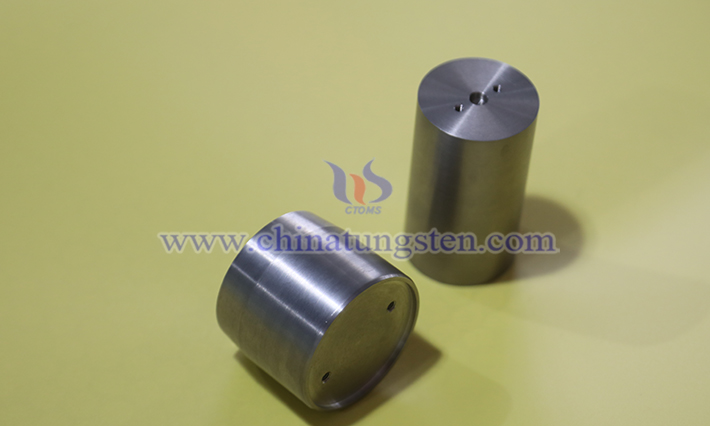
During the operation of a CT machine (short for Computerized Tomography X-ray Scanner), the precise projection of X-rays and radiation protection are core technical requirements, with tungsten alloy shielding components playing a pivotal role in achieving this balance due to their excellent performance. The CT machine generates images through X-ray beam tomography of the human body; inadequate radiation shielding not only threatens the health of medical personnel and patients but may also interfere with the normal operation of the equipment's precision components, making the performance of shielding components critical to equipment safety and imaging quality.




 sales@chinatungsten.com
sales@chinatungsten.com